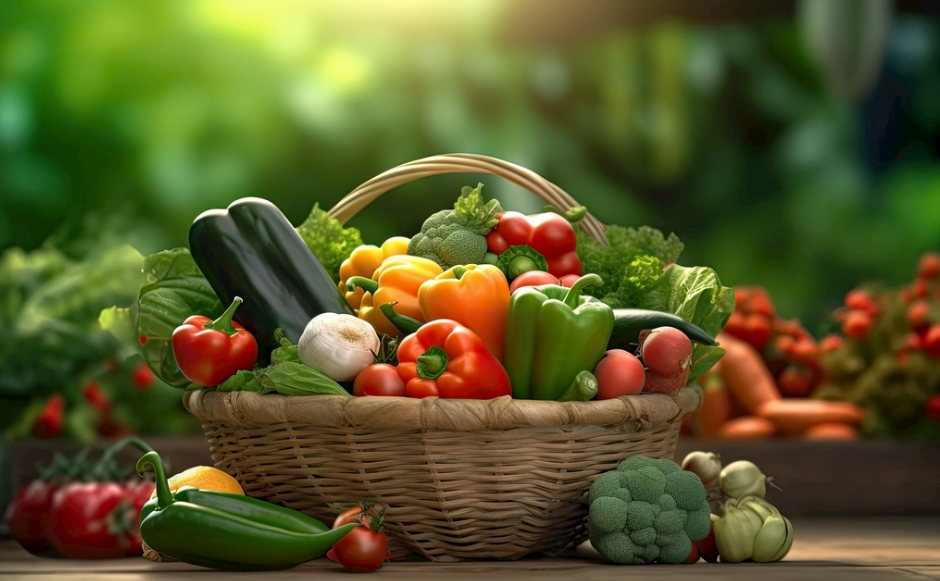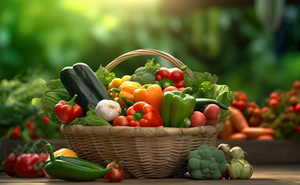
Methods and standards for inspecting vegetables Inspection, factory verification, and certification services
Vegetables, as an important part of daily diet, their quality and safety directly affect the health of consumers. During the inspection, factory verification, and product inspection and certification processes of vegetables, a strict quality control system must be established. This article will systematically elaborate on the inspection standards, testing methods, and quality certification requirements of vegetables, providing professional guidance for relevant practitioners.
I. Classification and Characteristic Analysis of Vegetables
(1) Vegetable Classification Certification System
Key Inspection Points for Leafy Vegetables
Representative varieties: Chinese cabbage, spinach, rape, etc.
Inspection and Certification Key Points: Leaf integrity, color freshness and tenderness
Pod-type inspection standards
Representative varieties: Cowpea, Green Bean, Sugar Snap Bean, etc.
Certification Focus:Fullness and freshness of the pods
Inspection requirements for fruits and vegetables
Representative varieties: Cucumber, Winter melon, Pumpkin, etc.
Inspection and certification: Skin integrity and hardness indicators
Root and stem quality certification
Representative varieties: Carrots, radishes, taro, etc.
Key inspection points: Firmness of texture, absence of sprouting现象
(2) Special Category Inspection Certification
Inspection Standards for Mushrooms
Certification points: Complete integrity of the mushroom cap, no secretion of mucus
Inspection requirements: Normal odor, no signs of spoilage
Aquatic species certification requirements
Key inspection points: Cleanliness, absence of sediment residue
Certification standard: Tender and firm texture, free from spoilage.
II. Freshness Management Certification System for Vegetables
(1) Physiological Characteristic Analysis Certification
Respiration Monitoring
Authentication principle: Assessment of metabolic intensity
Influencing factors: Variety characteristics, temperature environment
Monitoring requirements: Establish a respiratory intensity detection system
Transpiration control
Certification standard: Water loss rate monitoring
Control measures: Humidity management, packaging optimization
Factory inspection requirements: Establish a temperature and humidity monitoring system
(2) Freshness Maintenance Technology Certification
Temperature Control Certification
Standard requirement: Suitable for low-temperature environment
Monitoring measures: Continuous temperature recording
Inspection criteria: The core temperature is within the standard range.
Physical processing authentication
Cold water treatment method: Corn, green beans, etc.
Recovery treatment method: Leafy vegetables, onion and garlic types
Heat dissipation treatment method: Melon products
III. Vegetable Quality Inspection and Certification Standards
(1) Quality Grade Certification System
Qualified Quality Certification
Inspection standards: Free from pests and diseases, free from pollution
Detection method: Visual judgment, laboratory analysis
Certification requirements: Comply with food safety standards
Appearance quality certification
Certification criteria: color, size, shape
Testing method: Visual and tactile assessment
Grading standard: Establish a unified appearance rating system
Taste Quality Certification
Evaluation criteria: freshness, tenderness, juiciness
Testing methods: sensory evaluation, instrument detection
Certification standard: Establishing taste evaluation criteria
(2) Cleanliness Quality Certification
Cleanliness Certification
Inspection standard: Free of soil and impurities
Certification requirements: Must meet the standards for fresh-cut vegetables
Inspection method: Visual inspection, weight comparison
Processing Quality Certification
Certification standard: The proportion of pre-washed vegetables meets the requirements.
Inspection requirements: Standardized processing procedures
Factory inspection focus: Processing environmental hygiene
IV. Detailed Implementation Rules for Vegetable Inspection and Certification
(1) Special Inspection Standards for Categories
Certification Requirements for Leafy Vegetables
Veto criteria: insect holes, yellowing, dead leaves
Certification standard: Free of pesticide residues
Testing methods: Rapid detection, laboratory analysis
Standards for inspecting stem vegetables
Quality requirements: No yellowing, no breakage
Certification criteria: The texture is firm and does not soften.
Testing method: tactile test, visual inspection
Fruit and vegetable inspection and certification
Certification standard: Normal color, no softening
Inspection requirements: No mechanical damage
Quality grade: Establish classification standards
(2) Packaging and Transportation Certification
Packaging Material Certification
Certification standard: Food-grade packaging materials
Inspection requirements: The packaging must be intact and undamaged.
Identification standard: Information is accurate and complete.
Transportation process certification
Temperature control: Verification of cold chain transportation
Time requirement: Handle the goods promptly after receipt.
Complete record: Full temperature control record throughout the process
V. Receipt and Inspection Certification Process
(1) On-site Inspection Certification
Quality Inspection Certification
Inspection standard: Strictly in accordance with the quality standards
Handling measure: Remove non-conforming products
Record requirements: Detailed inspection records
Quantity acceptance certification
Control standard: Order quantity ±10%
Acceptance method: Accurate counting and weighing
Confirmation procedure: Both parties sign and confirm.
(2) Health and Safety Certification
Cleanliness Certification
Inspection standard: The packaging containers are clean.
Certification requirements: No cross-contamination
Handling measures: Rectification of hygiene issues
Processing environment certification
Factory inspection standard: Hygiene standards for the processing area are met.
Storage requirements: The temperature in the cold storage should be stable.
Monitoring system: Establish a health monitoring system
(3) Document Record Certification
Traceability Document Certification
Verification requirements: Complete origin certificates are required.
Record standard: The purchase ledger is complete.
Certification materials: The inspection report is valid.
Quality Document Certification
Certification requirement: Quality inspection records
Storage standard: File storage guidelines
Traceability system: Establishing a complete traceability chain
VI. Certification Conclusion and Handling Measures
(1) Qualified Certification Criteria
Quality Compliance Certification
All the indicators meet the standards.
The document records are complete and accurate.
The packaging and transportation meet the requirements.
Quality Grade Certification
Excellent appearance quality
Excellent freshness index
The cleanliness level has fully met the standards.
(2) Non-conformity Handling Procedure
Immediate Rejection Situations
Severe pest and disease infestation
Clearly rotten and deteriorated
Excessive pesticide residues
Restrict usage processing
Some indicators are slightly above the standard.
After treatment, it can meet the standards.
Clearly define the scope of application restrictions
By establishing a comprehensive vegetable inspection and certification system and strictly implementing quality control throughout the entire process from production to sales, it is possible to effectively ensure the safety and quality of vegetables, provide consumers with fresh and safe vegetable products, and promote the standardized development of the vegetable industry.
分享这个商品

Methods and standards for inspecting vegetables Inspection, factory ve
Vegetables, as an important part of daily diet, their quality and safety directly affect the health of consumers.
